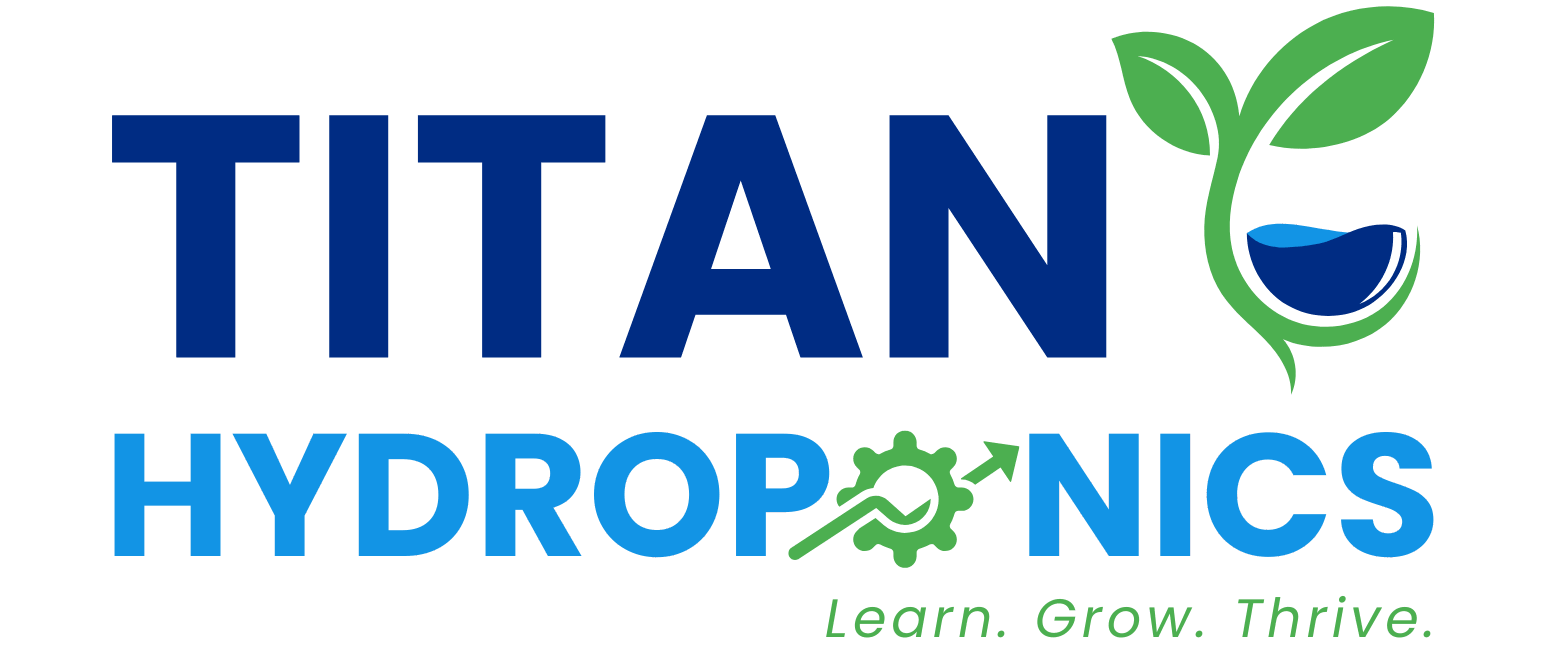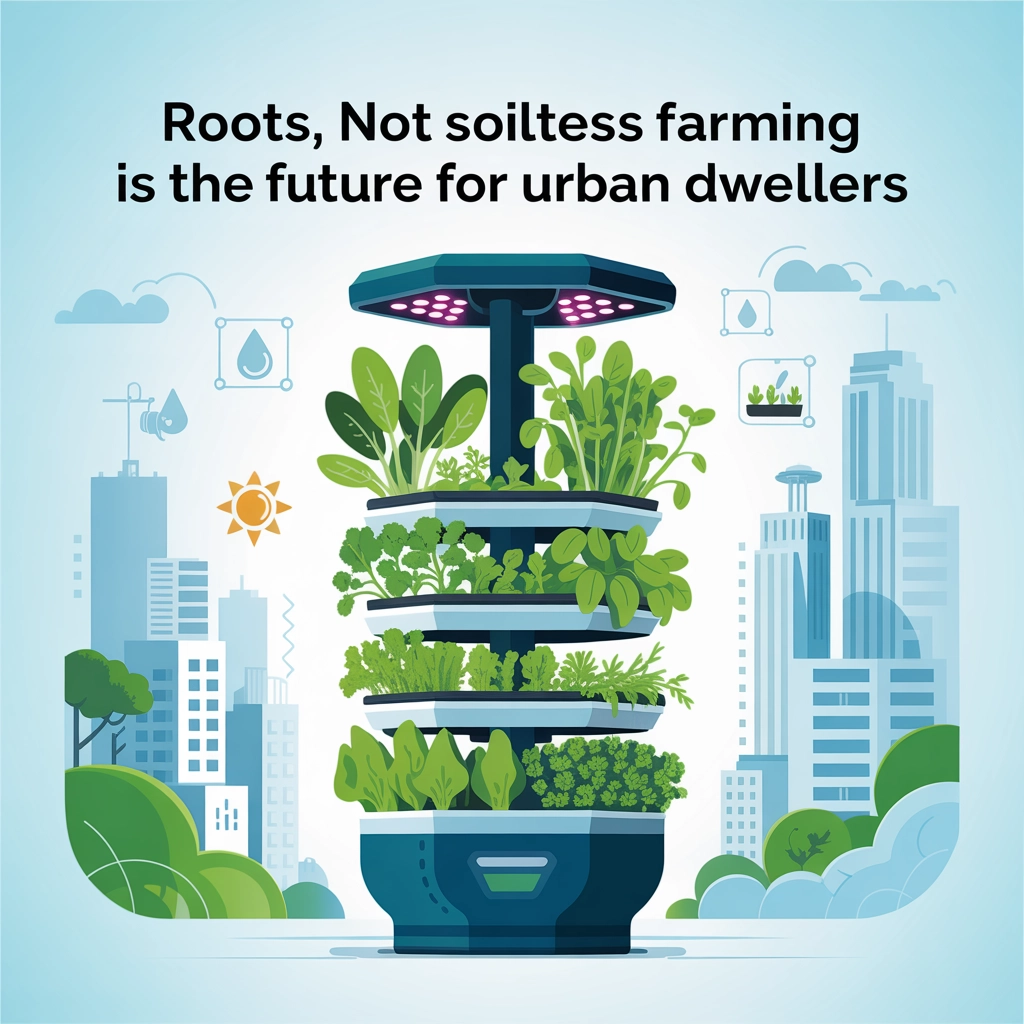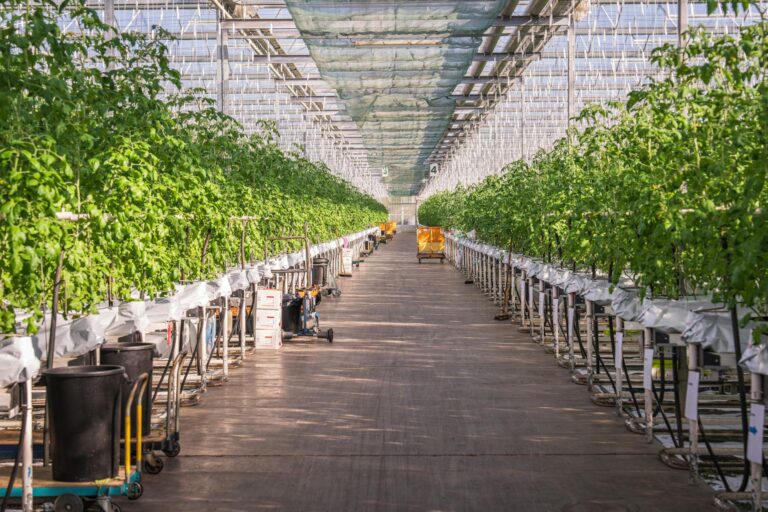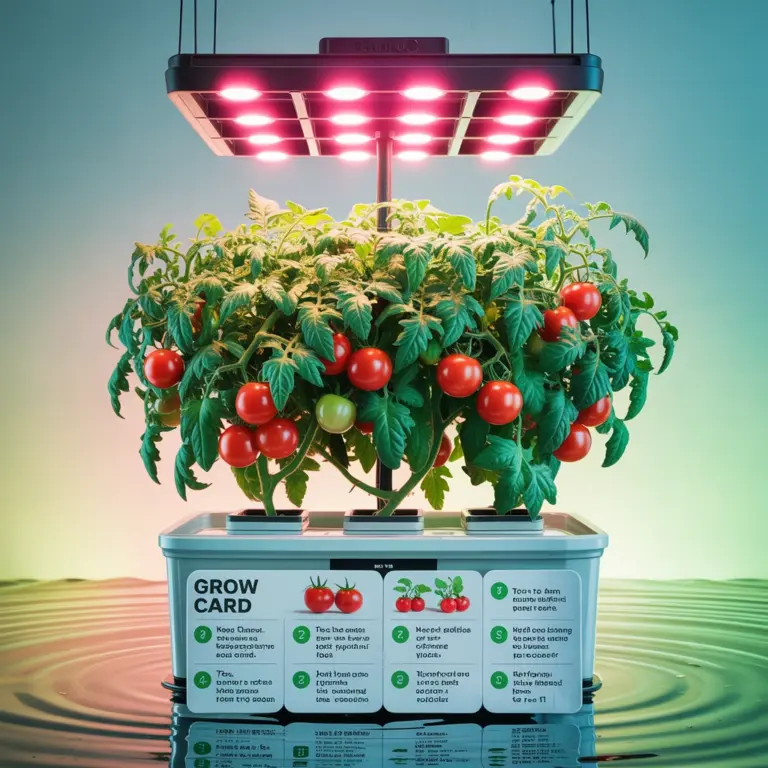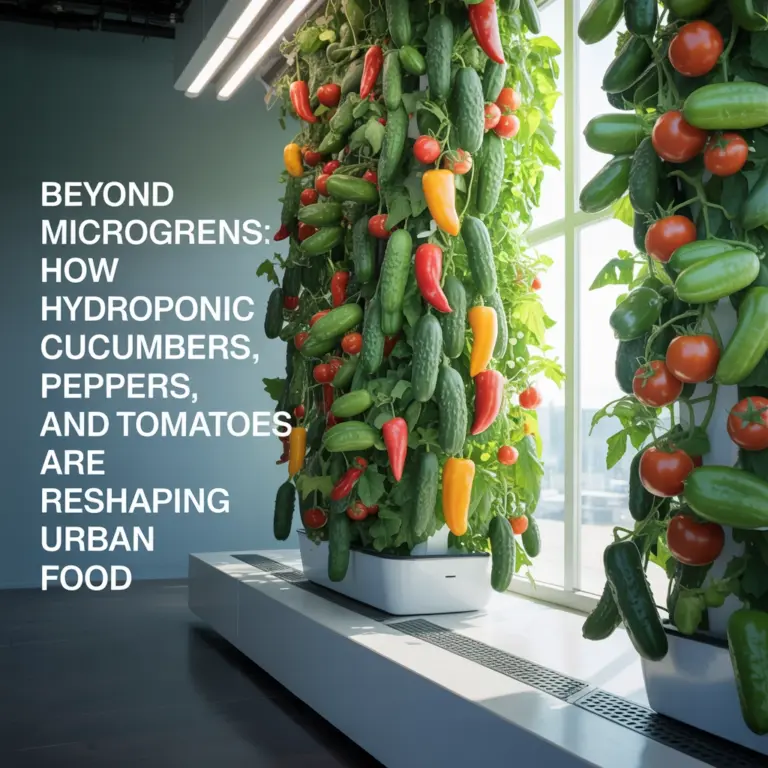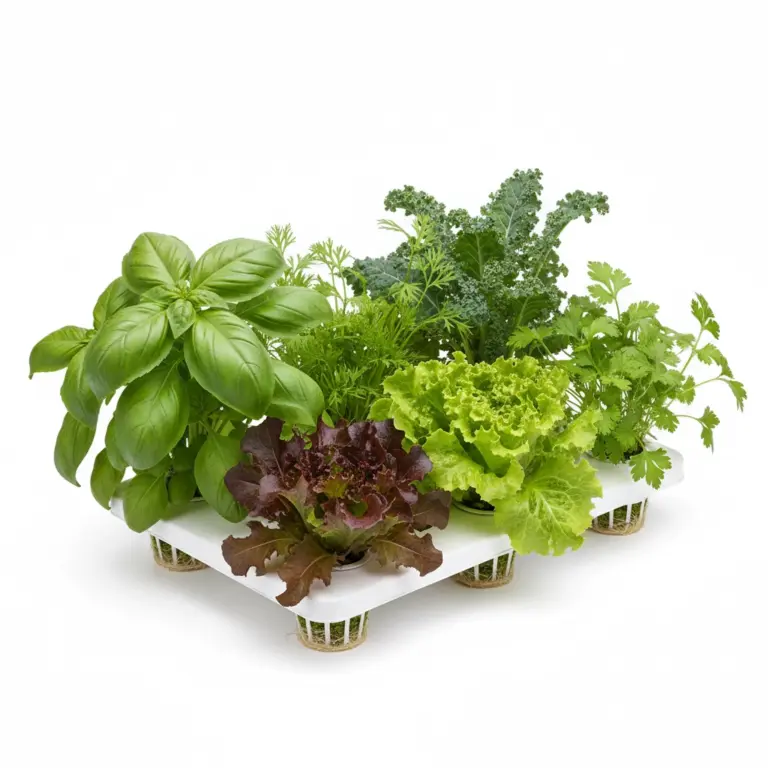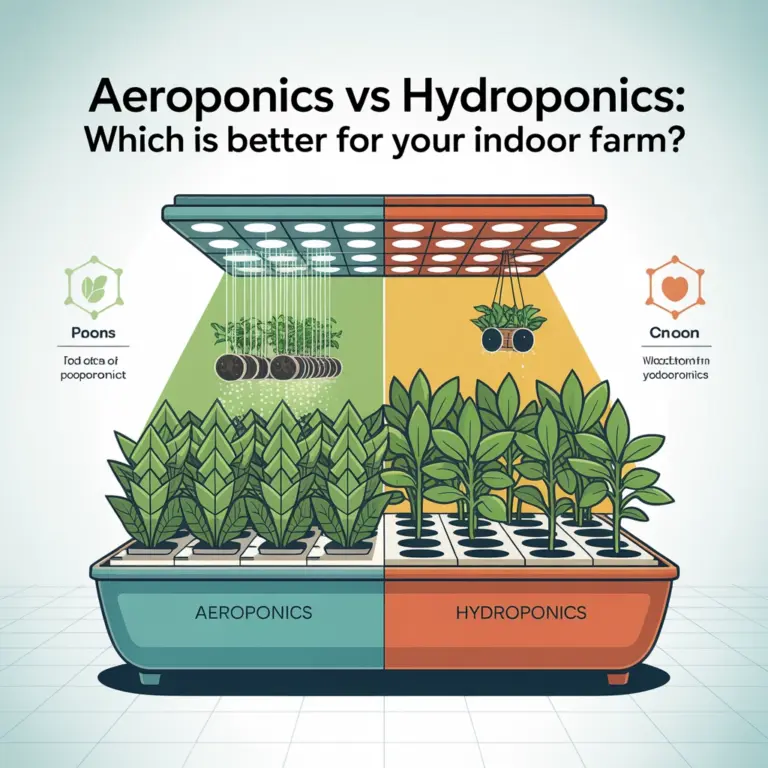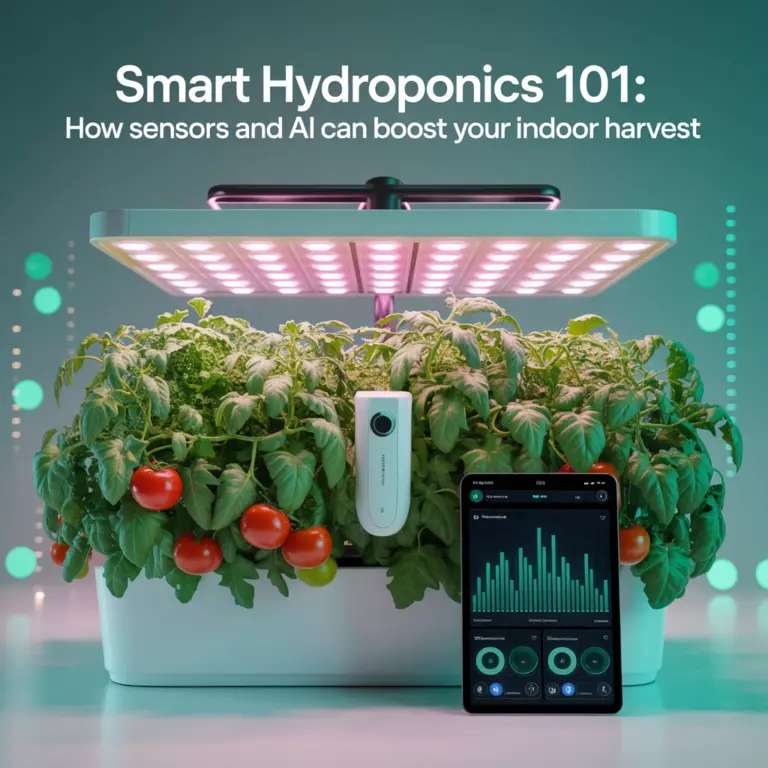Roots, Not Dirt: Why Soilless Farming Is the Future for Urban Dwellers
Living in the city doesn’t mean you have to give up on growing your own food. In fact, some of the most innovative and efficient farming is happening right in urban apartments, rooftops, and converted warehouses: and it doesn’t use a speck of soil.
Welcome to the world of soilless farming, where plants thrive in nutrient-rich water solutions instead of dirt. It might sound like science fiction, but this growing method is quickly becoming the go-to solution for urban dwellers who want fresh, homegrown produce without the mess, space requirements, or seasonal limitations of traditional gardening.
What Exactly Is Soilless Farming?
Soilless farming, also known as hydroponics, is exactly what it sounds like: growing plants without soil. Instead of digging roots into dirt, plants get their nutrients from a carefully balanced water solution that delivers everything they need directly to their root systems.
Think of it like an IV drip for plants. Just as hospitals deliver nutrients directly into a patient’s bloodstream, hydroponic systems deliver nutrients directly to plant roots. This direct delivery method is incredibly efficient and gives you complete control over what your plants receive.
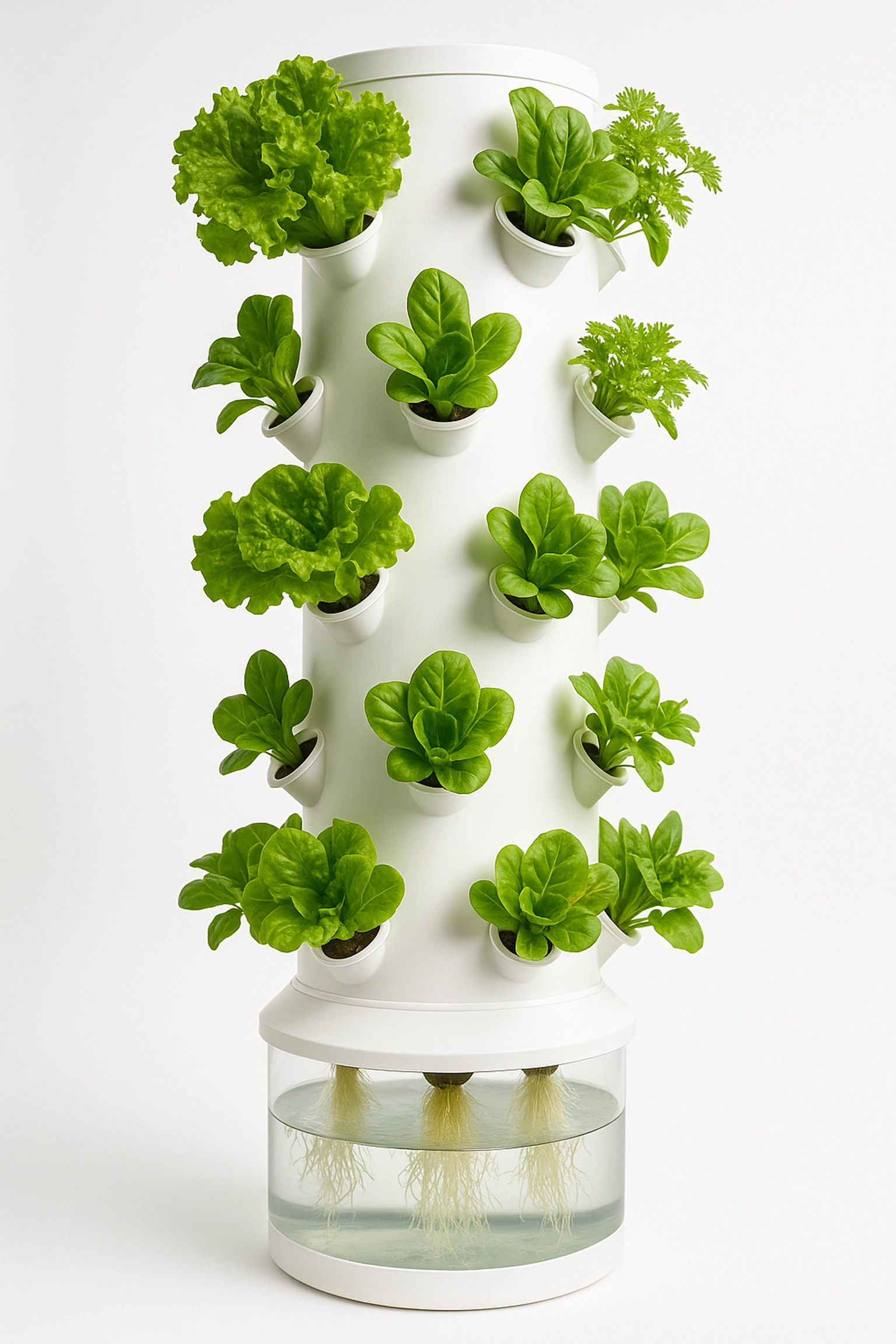
The beauty of this system lies in its simplicity and precision. You’re not guessing what’s in your soil or dealing with pests that live in dirt. Everything is clean, controlled, and optimized for plant growth.
Space-Saving Solutions for Small Urban Living
If you’ve ever looked at your cramped apartment and thought “there’s no way I could grow vegetables here,” soilless farming is about to change your mind. These systems are incredibly space-efficient because they eliminate the need for large containers of soil and can be stacked vertically.
A single tower system can fit in a corner of your living room and produce enough herbs and leafy greens to supply your kitchen year-round. Some urban farmers are growing full salads in spaces smaller than a typical office cubicle.
The vertical growing approach is particularly brilliant for city dwellers. Instead of spreading plants out horizontally like traditional gardens, you can grow up. A 6-foot tall tower system might produce as much food as a traditional garden bed that’s 20 feet long.
Water Efficiency That Actually Makes Sense
Here’s something that might surprise you: soilless farming uses about 90% less water than traditional soil-based gardening. In cities where water bills can be expensive and conservation is important, this is a game-changer.
How is this possible? Traditional soil gardening is incredibly wasteful. Most of the water you pour on your garden bed either runs off or seeps deep into the ground where plant roots can’t reach it. With hydroponic systems, water is recirculated through the system, so almost nothing is wasted.
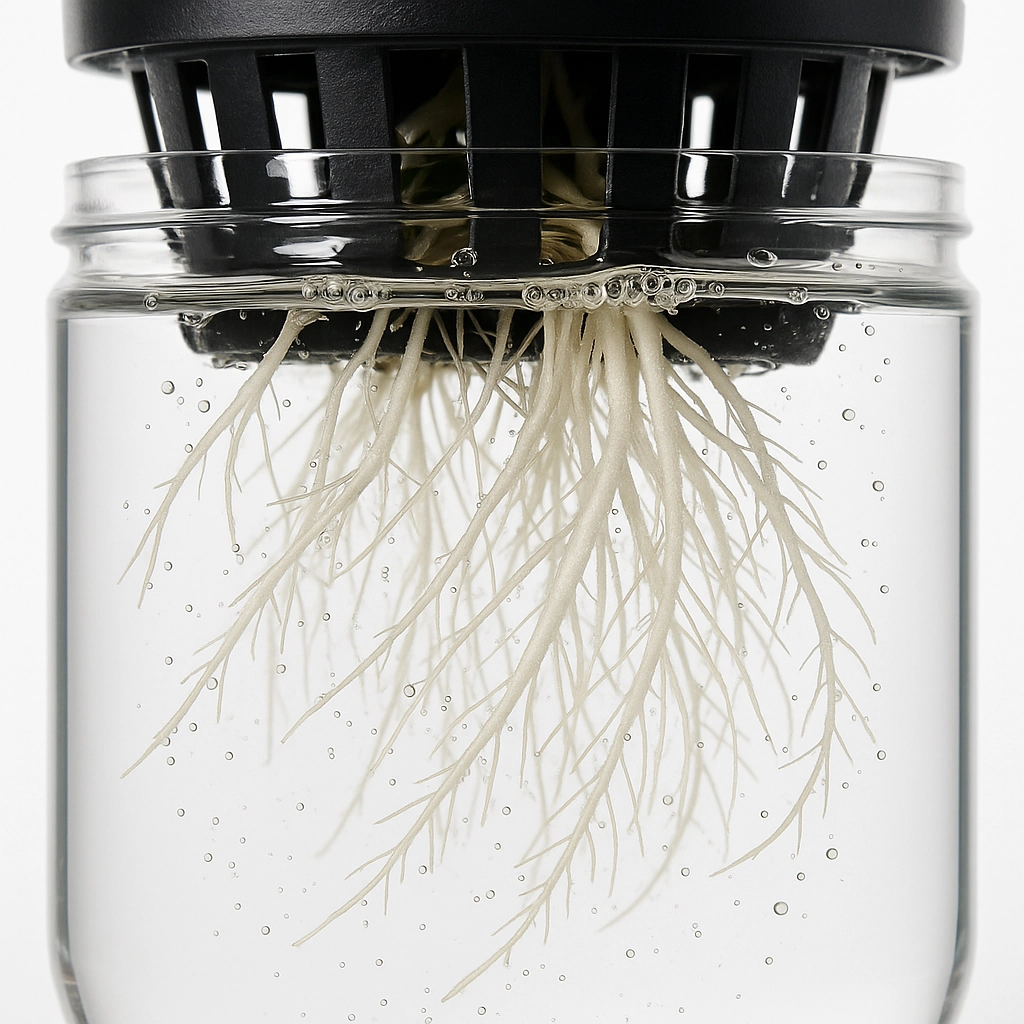
Think about it this way: in soil gardening, you’re watering the dirt and hoping some of it gets to the roots. In hydroponics, you’re feeding the roots directly. It’s like the difference between throwing food at someone’s mouth and hoping some gets in versus using a spoon to deliver each bite precisely.
Year-Round Harvests in Any Climate
One of the most frustrating things about traditional gardening in urban areas is dealing with seasons. Just when your tomatoes are getting good, frost hits. Your herb garden dies in winter, and you’re back to buying expensive store-bought basil.
Soilless farming eliminates this problem entirely. Since you control the environment, you can grow tomatoes in January, fresh basil in December, and lettuce during the hottest summer days. Your growing season isn’t determined by weather: it’s determined by you.
This is particularly valuable in urban environments where access to fresh produce can be limited or expensive. Instead of paying premium prices for out-of-season vegetables that have traveled thousands of miles, you can harvest them fresh from your own system.
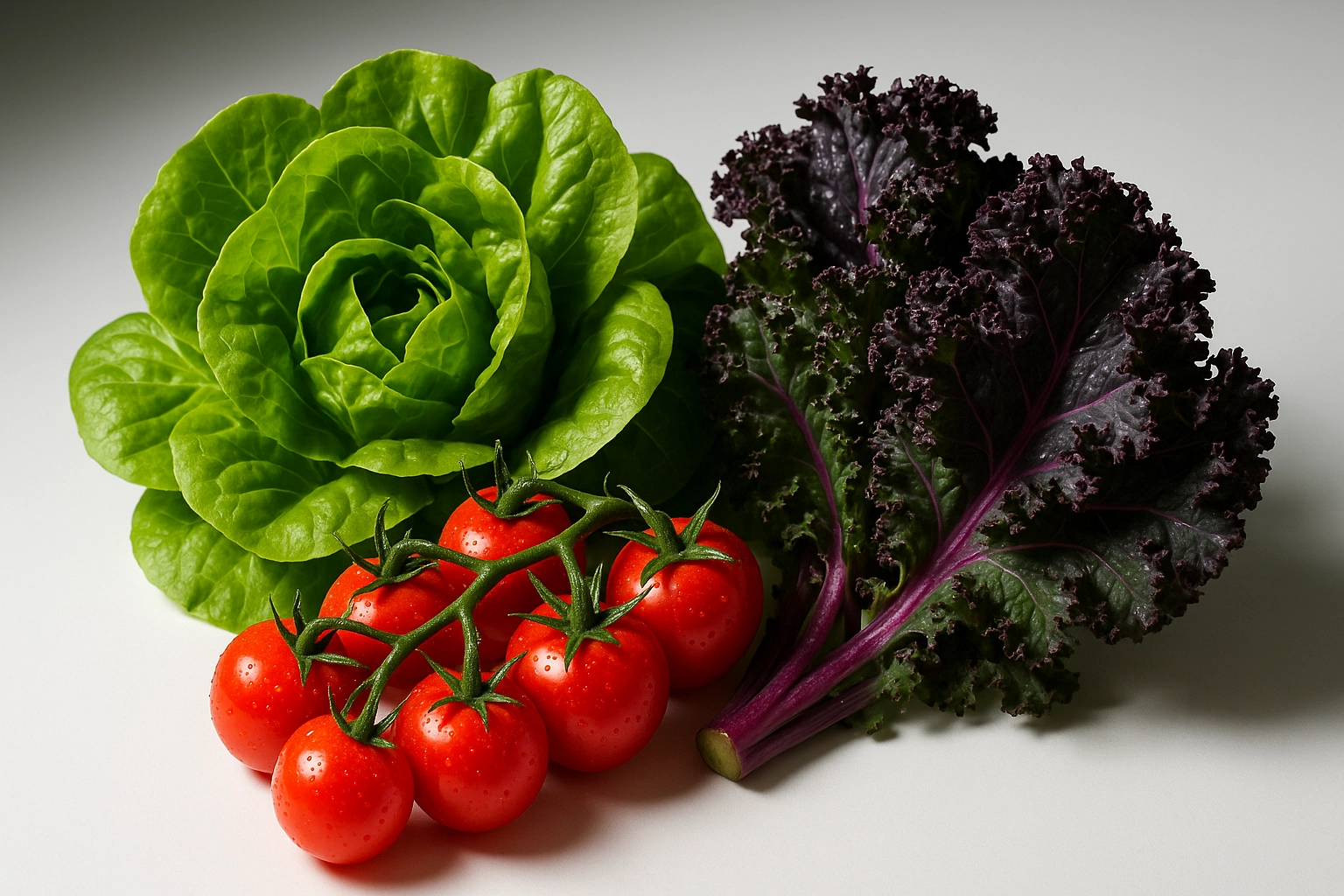
Cleaner, Safer Produce
When you grow without soil, you eliminate many of the food safety concerns that come with traditional farming. There’s no risk of soil-borne pathogens, no need to worry about what contaminants might be in your garden dirt, and significantly fewer pest problems.
This means you can grow produce that’s often cleaner and safer than what you’d buy in stores, without using pesticides or herbicides. Many urban hydroponic growers report that their vegetables taste better and last longer than store-bought alternatives.
The controlled environment also means you know exactly what goes into your food. No mystery fertilizers, no wondering about soil contamination: just pure water, nutrients, and plants.
Real-World Success Stories
The proof isn’t just in theory: it’s happening right now in cities around the world. Square Roots, a company operating in Brooklyn, has converted shipping containers into high-tech growing environments that produce thousands of pounds of fresh produce annually in a space smaller than most parking lots.
In Singapore, a city with virtually no farmland, vertical farms are producing tons of leafy greens using hydroponic systems. These operations supply local restaurants and grocery stores with produce that’s fresher than anything that could be shipped in from traditional farms.
Closer to home, urban apartments across the country are hosting everything from small countertop herb systems to full wall-mounted growing operations that supply families with fresh vegetables year-round.
Getting Started: Easier Than You Think
The best part about soilless farming is that you don’t need to be a scientist to get started. Modern hydroponic systems are designed with beginners in mind, and many come with everything you need to start growing immediately.
You can begin with something as simple as a countertop herb garden that costs less than a week’s worth of fresh herbs from the grocery store. These starter systems teach you the basics: how to monitor pH levels, when to change nutrient solutions, and how to harvest at peak freshness.
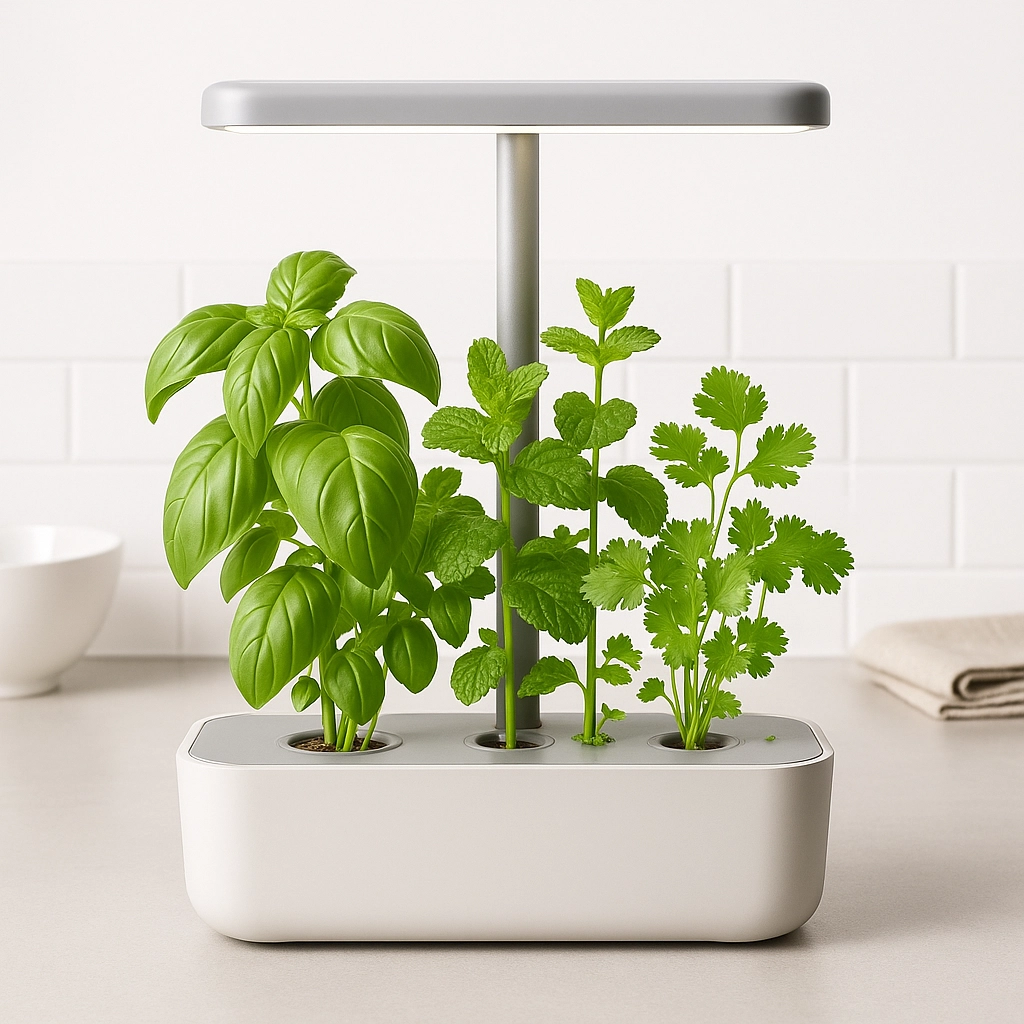
As you get more comfortable, you can expand to larger systems that produce lettuce, tomatoes, peppers, and even strawberries. The learning curve is gentle, and the results are almost immediate: most leafy greens can be harvested in just a few weeks.
The Environmental Impact
Beyond personal benefits, soilless farming addresses several environmental challenges facing our food system. Transportation accounts for a significant portion of produce’s carbon footprint. When you grow food in your own home, transportation emissions drop to zero.
Urban farming also reduces pressure on rural farmland, which can be preserved for other uses or returned to natural habitats. As cities continue to grow and climate change affects traditional farming regions, local food production becomes increasingly important for food security.
The water efficiency alone makes hydroponic systems an environmentally responsible choice. In regions facing water scarcity, using 90% less water for food production is significant.
Looking Ahead
As urban populations continue growing: experts predict 70% of people will live in cities by 2050: the need for efficient, local food production will only increase. Soilless farming isn’t just a trendy hobby; it’s a practical solution to real challenges facing urban food systems.
The technology is becoming more accessible and affordable every year. What once required specialized knowledge and expensive equipment can now be done with consumer-friendly systems that work in any urban living space.
For city dwellers tired of expensive, less-than-fresh produce, soilless farming offers a path to food independence that fits modern urban lifestyles. It’s clean, efficient, productive, and surprisingly satisfying to harvest your own lunch from plants growing in your living room.
Whether you start with a simple herb garden or eventually build a system that supplies most of your vegetables, soilless farming represents the future of how urban dwellers can reconnect with their food while living sustainably in the city.
Join Our Community
Titan Hydroponics Scoop is your weekly pulse on hydroponics, fresh ideas, and community stories. From practical growing tips and grower highlights to news, inspiration, and sustainable living, we’re growing something special together—one story at a time.
